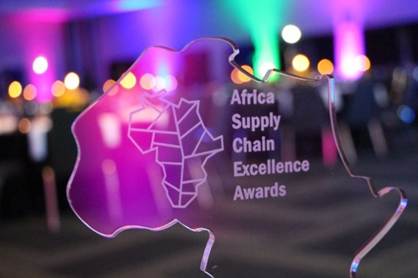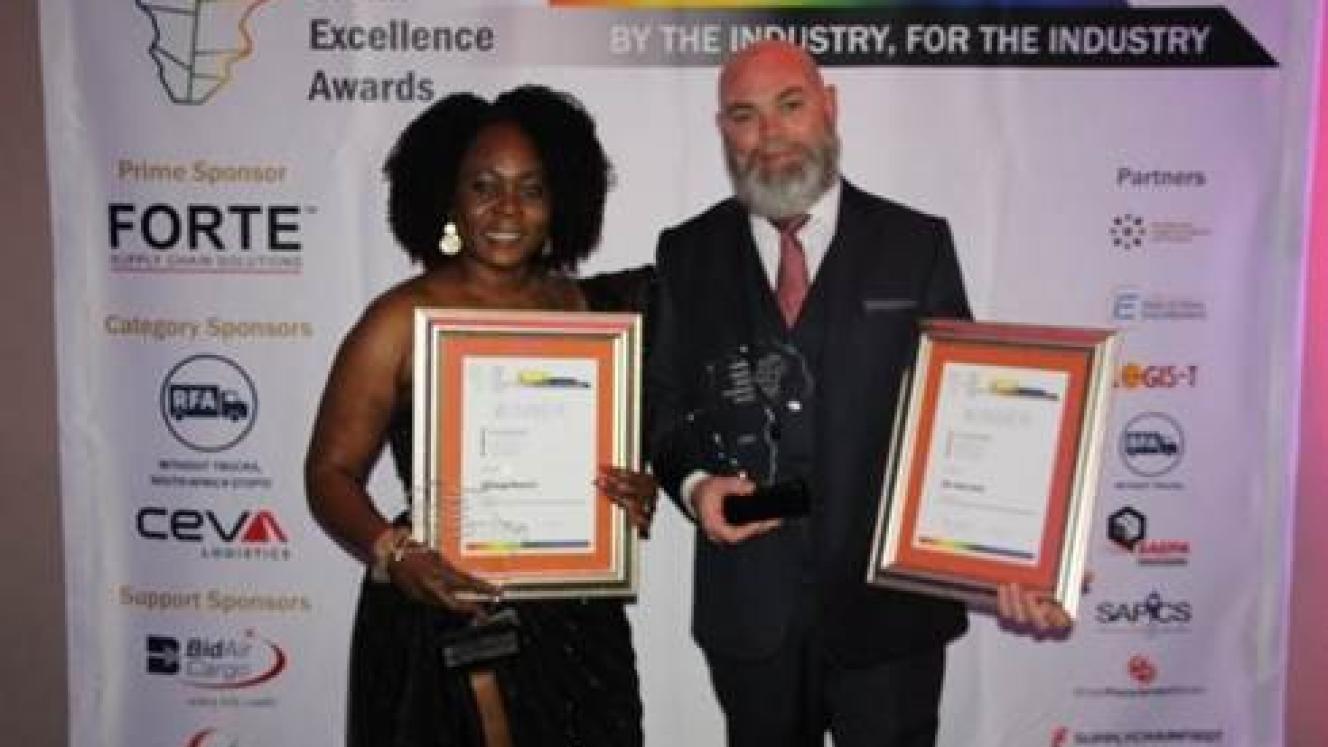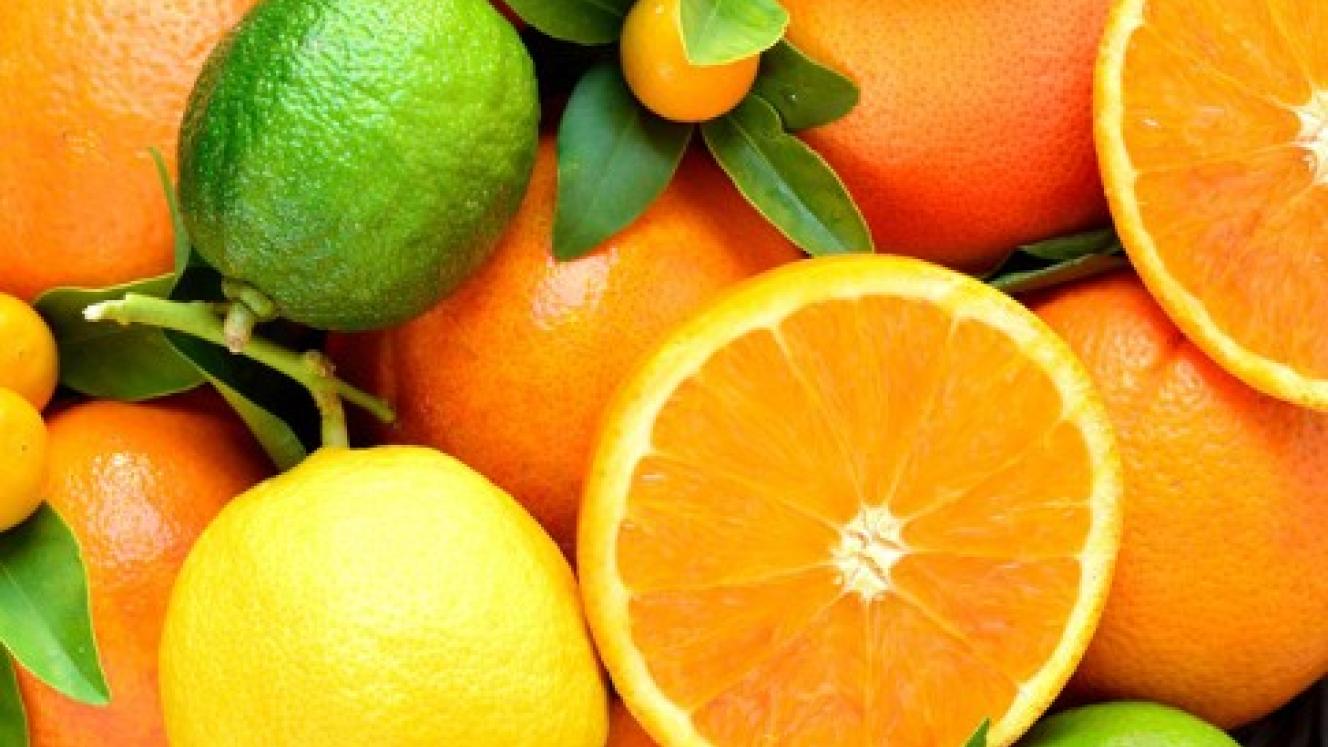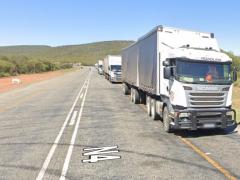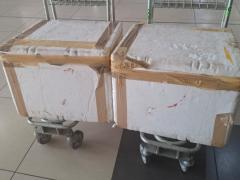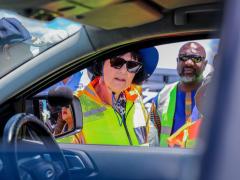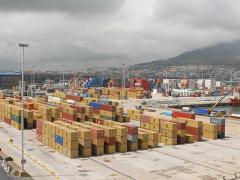The Africa Supply Chain Excellence Awards (Ascea) has conferred its premier Judges’ Spotlight Award and its Humanitarian & Health Supply Chain Management Award jointly on SA Harvest and Village Reach.
The awards drew more than 200 submissions from 48 African countries.
Ascea head judge Garry Marshall said they recognised SA Harvest for “operational excellence and social impact, combining disciplined reverse logistics with a people-first approach to serve vulnerable communities at scale”.
“It’s a best-in-class example of supply chain for good,” Marshall said.
SA Harvest’s national system across the food value chain intercepts surplus food at source - from farms and manufacturers to distributors and retailers – and reroutes it to community-based organisations (CBOs) at zero cost to the frontline partners. To date, the company has rescued 22 million kilograms of food, reflecting steady growth of a model designed for replication.
“The model links donors, logistics providers, storage and last-mile partners into one cohesive ecosystem, using digital matching and route optimisation to reduce empty kilometres and keep nutritious food moving,” it says.
It coordinates three primary warehouses and a partner-fleet footprint that reaches all nine provinces, integrating donated back-haul and temperature-controlled capacity to expand the range of foods moved reliably.
Over the past two years, the organisation has doubled national cold-storage capacity and is piloting greenhouse growing and dehydration technologies to extend shelf life and stabilise supply at community level. In the past year, more than 100 CBOs have been trained in food safety, storage and logistics. The network supports 243 CBOs and reaches 100 782 people every day.
SA Harvest COO Ozzy Nel said the company was focused on scaling what worked.
“Recognition from our peers matters because it validates the logistics engine behind our mission,” Nel said.
“But the real story is what comes next. Thousands of community organisations are already waiting to be brought into the network. The challenge (and the opportunity) is to match that need by rescuing more food, underpinned by the right mix of warehouse space, cold-chain reach, and smart fleet capacity. When those pieces come together, the model doesn’t just move food; it multiplies impact, cuts emissions, and strengthens communities at scale,” Nel said.
Cumulative climate benefits include approximately 53 000 tonnes of CO₂e avoided through landfill diversion and around 20 billion litres of embedded water conserved through food rescue.
Logistics efficiencies add a further estimated 10 000 tonnes of CO₂e avoided annually. In parallel, removing the cost of food to partners has unlocked roughly R210 million in wholesale value (over R314m at retail equivalence) that CBOs can redirect to essential services.
The model’s resilience has been tested in crisis. During the 2021 Durban unrest, SA Harvest repurposed a major venue into an emergency logistics hub and coordinated partners to distribute more than half a million meals within 48 hours – a demonstration of surge capacity and collaborative control-tower execution that now informs standard operating playbooks.
